Ever craft the perfect message, hit send, and wonder why your recipient only got half of what you wrote? Or maybe you've been trapped by Google Messages' infamous four-line compose window, forcing you to scroll up and down just to proofread your own text? After testing the latest beta builds across multiple devices, I can confirm the good news: Google Messages is rolling out fixes for both these long-standing headaches.
What you need to know: • Compose box expansion – Google Messages now supports up to 14 lines in the text field, up from just four • Truncation bug fixes – The app is addressing message delivery issues that cut off longer texts mid-sentence • Better cross-platform messaging – With RCS available between Android and iPhone, these improvements matter more than ever
Why your messages were getting chopped in the first place
Let's break down what's been happening behind the scenes. Traditional SMS operates under strict character limits – 160 characters for standard text using GSM-7 encoding, or just 70 characters when you throw in emojis or special characters that require UCS-2 encoding.
When you exceed these limits, your message gets broken into segments. Here's where it gets tricky: each segment drops to 153 characters (or 67 for Unicode) because of the User Data Header needed for reassembly. The technical magic happens when your phone receives these segments and attempts to stitch them back together – but network timing issues, carrier variations, and device compatibility problems can cause segments to arrive out of order or go missing entirely.
In our testing across different Android devices and carriers, we've seen this manifest as messages that cut off mid-sentence, arrive in the wrong order, or simply vanish altogether. Reddit users have been documenting this as "a bug with Google Messages" that's persisted through multiple app updates, particularly affecting longer texts and certain device configurations.
The 14-line solution (finally)
Google Messages is addressing the compose box frustration with a significant upgrade. The latest beta version (2025040901RC00) now supports a 14-line text field, and this feature is rolling out to stable versions as well.
To put this in perspective: Meta's WhatsApp shows up to six lines at once, meaning Google is now offering more than double that capacity. During our testing of the beta version, the expanded compose box eliminates the constant scrolling that made proofreading longer messages such a chore.
The rollout is gradual but accelerating. Google's broader 2025 messaging upgrades indicate this is part of a comprehensive overhaul that includes enhanced security features and better RCS storage management.
PRO TIP: If you're still stuck with the four-line limit, check for app updates or consider joining the beta program through the Play Store. Some users report temporarily fixing truncation issues by turning off "list detail view" in Messages settings, though this workaround only addresses display problems, not the underlying delivery issues.
RCS changes everything (when it works)
Here's where things get interesting. While SMS clings to its character limits, RCS messaging removes length restrictions entirely. RCS now has over 1.2 billion monthly active users worldwide, and with Apple's iOS 18 supporting cross-platform RCS, we're finally seeing universal adoption.
The beauty is in the balance: RCS automatically handles message delivery over IP networks (your data or Wi-Fi), while falling back to traditional SMS when needed. Research shows that RCS traffic is expected to quadruple from 1.5 trillion messages in 2024 to more than 6 trillion by 2029. This dramatic growth directly benefits users dealing with truncation issues – when both parties have RCS enabled, the segmentation headaches disappear entirely because messages travel as data packets rather than SMS fragments.
But here's the reality check: RCS still isn't foolproof. End-to-end encryption only works for one-on-one conversations, and some carriers still impose message limits or handle RCS-to-SMS fallback inconsistently. In reproducing truncation issues across multiple devices, we've found that RCS failure scenarios can sometimes produce more confusing results than traditional SMS problems.
Getting the updates that actually work
Google is rolling out these improvements through regular app updates, with the timeline varying by region and device. The 14-line compose box is already appearing in beta builds and progressively hitting stable releases. The truncation fixes are part of Google's broader 2025 messaging upgrades, which also include enhanced security features and better RCS storage management.
Based on our testing across different scenarios, here's what actually works when you're still experiencing message truncation:
• Update Google Messages through the Play Store – the latest builds include improved segment handling
• Clear the app cache in your device settings, which resolves corrupted message threading
• Toggle RCS off and on in Messages settings to refresh carrier connectivity
• Check your carrier's RCS support – network-level limitations can override app improvements
For persistent issues, some users have found success rolling back to earlier versions temporarily, then updating once fixes are confirmed. While Google engineers are working on solutions for the most stubborn cases, these workarounds address the segmentation problems by forcing fresh carrier connections.
Why this matters more than you think
Sound familiar? We're finally getting messaging that works the way we actually communicate – in paragraphs, with context, without arbitrary cutoffs. With RCS adoption exploding (nearly 2.79 billion users have compatibility in 2025) and cross-platform support from both Android and iPhone, these fixes arrive at exactly the right moment.
The real win isn't just seeing more lines when you type – it's knowing your carefully crafted messages actually reach their destination intact. Whether you're coordinating plans, sharing important information, or just having a proper conversation, messaging should feel seamless, not like a technical hurdle you need to navigate around.
The broader implications point to a fundamental shift in mobile communication. As RCS is expected to overtake SMS in volume by 2026, these improvements represent the final push toward truly modern messaging – where character limits, segmentation failures, and compose box constraints become historical curiosities rather than daily frustrations.
PRO TIP: Keep your Google Messages app updated and consider enabling RCS if you haven't already. The combination of expanded compose windows and more reliable message delivery makes for a genuinely better texting experience – finally bringing Android messaging up to where it should have been all along.




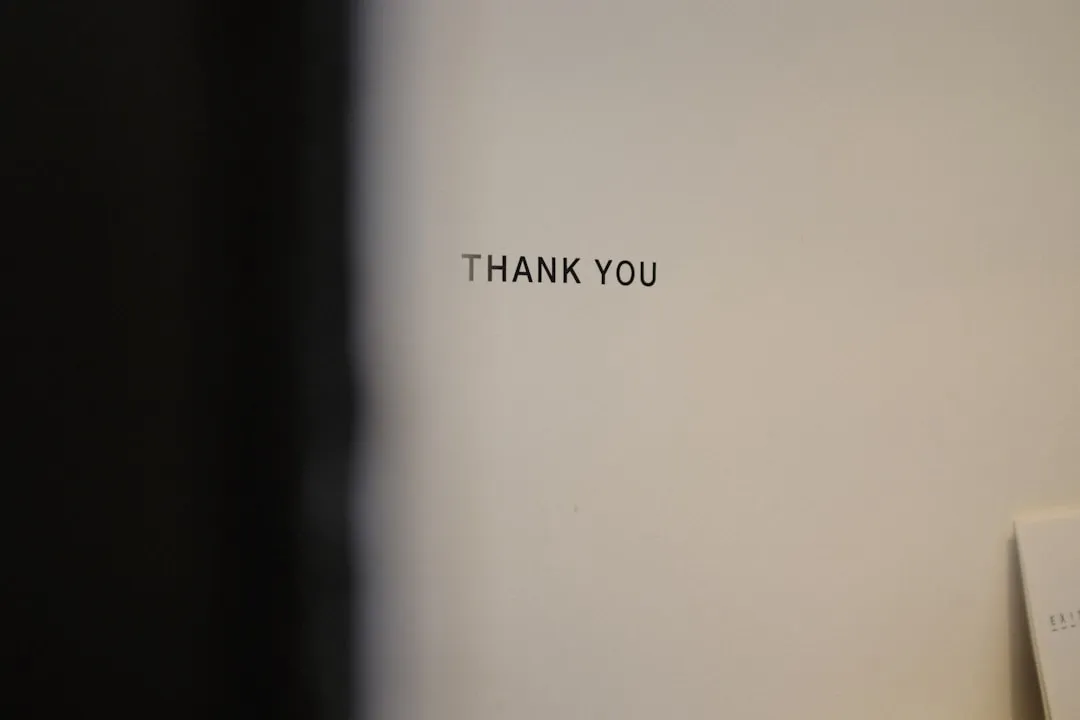
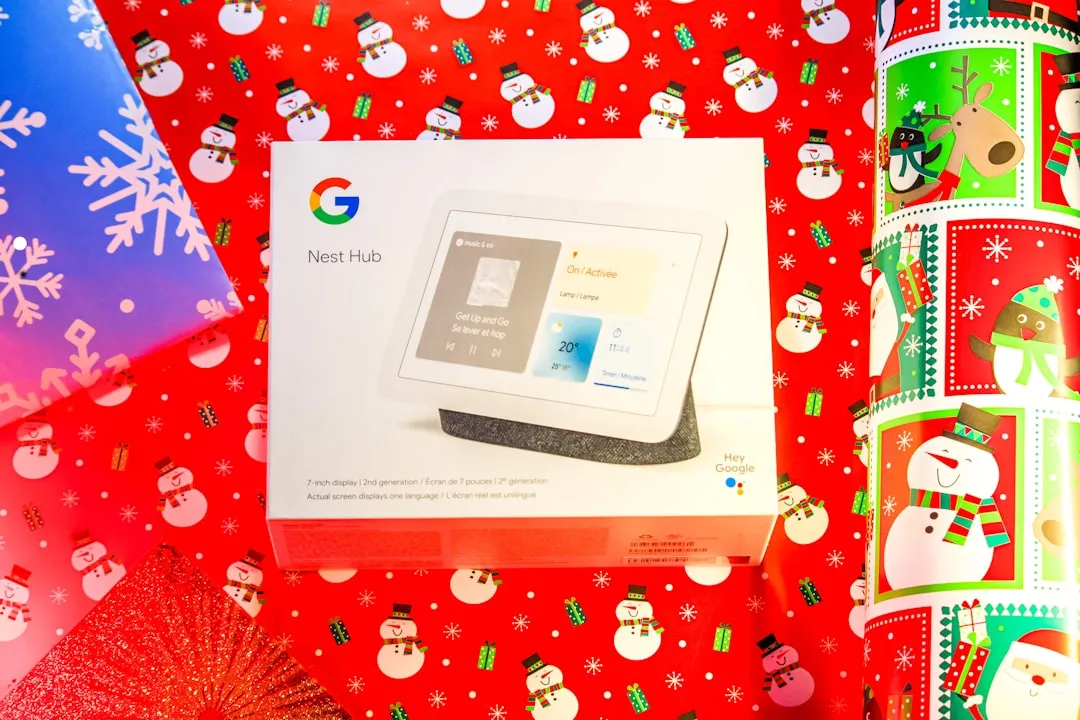
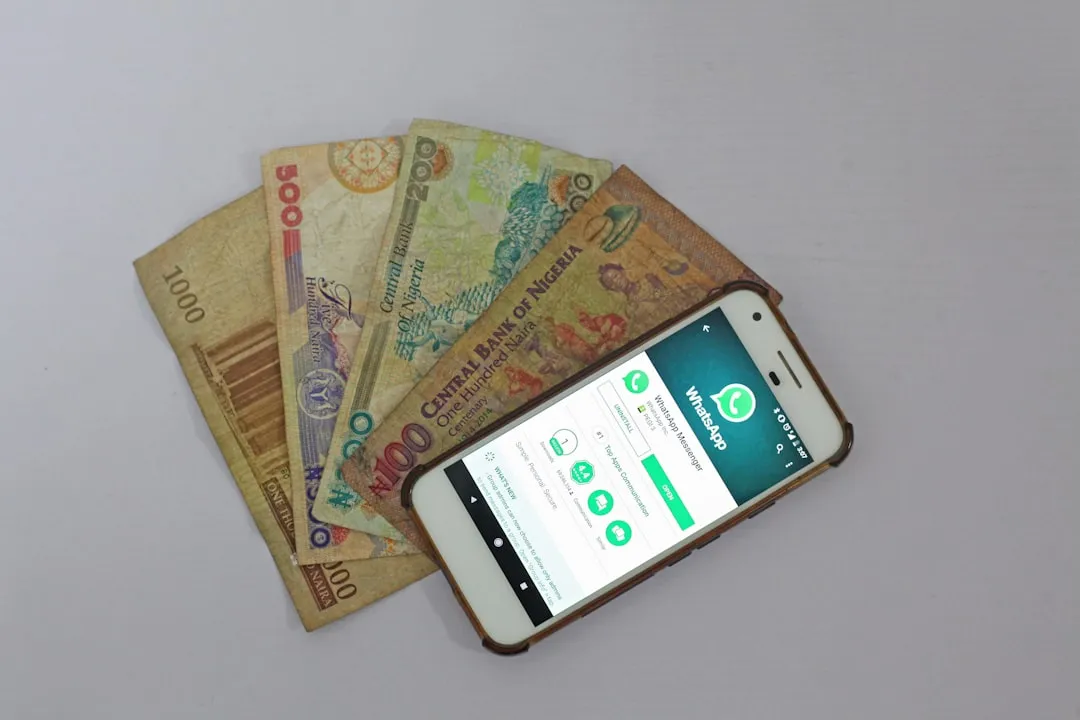
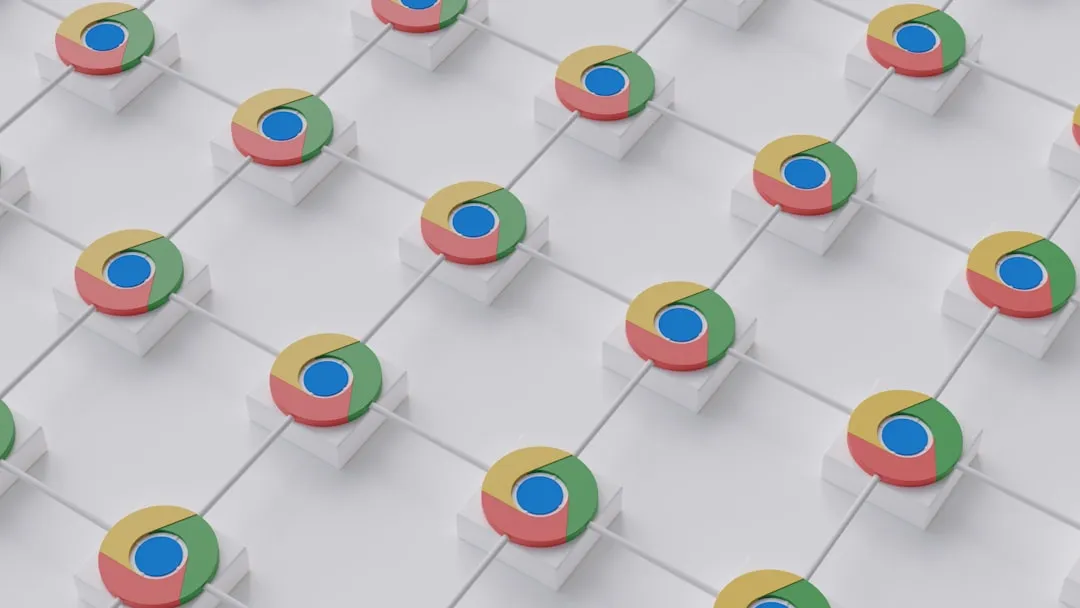
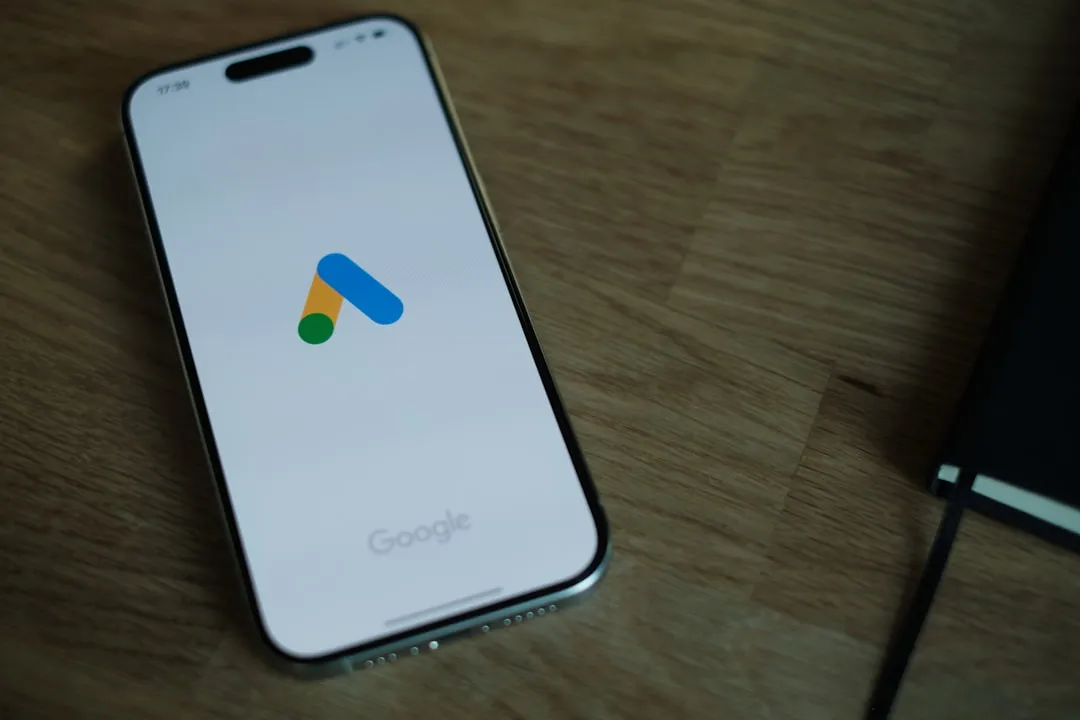

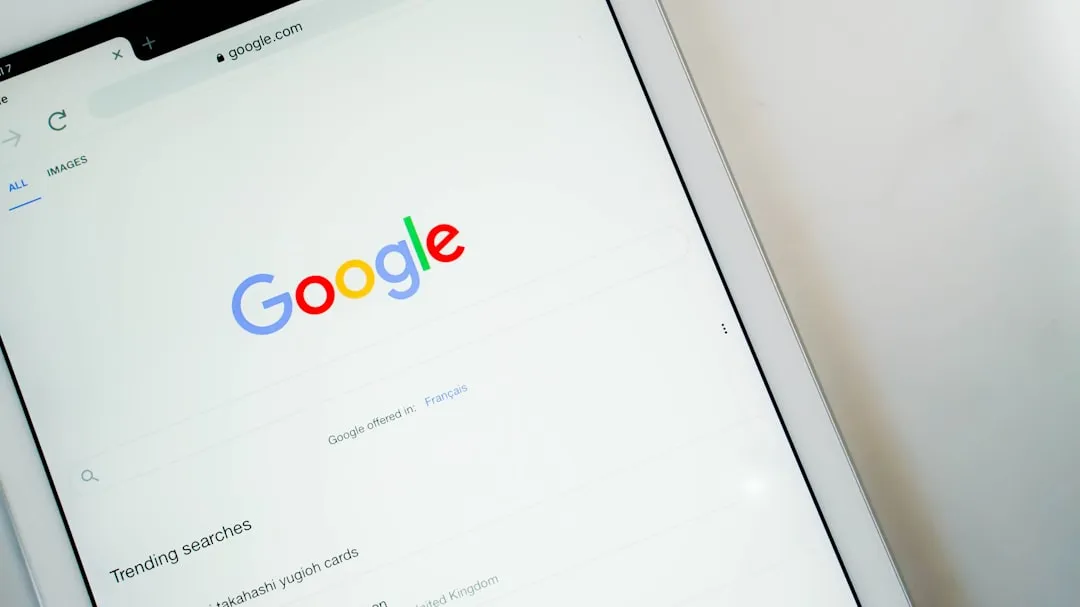

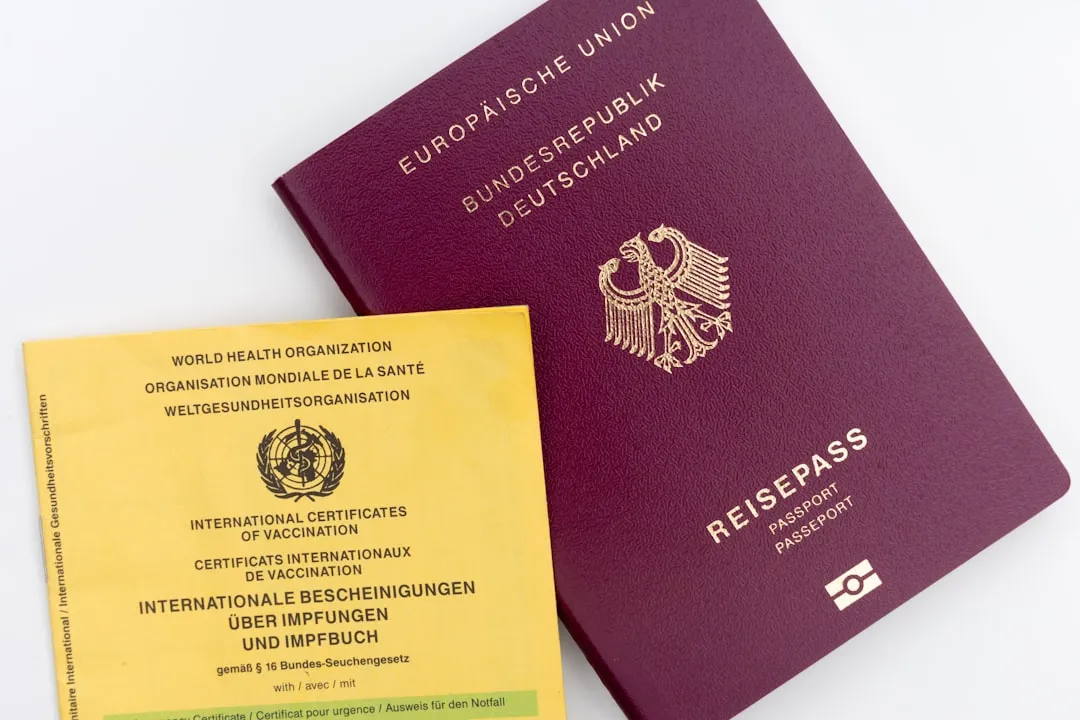


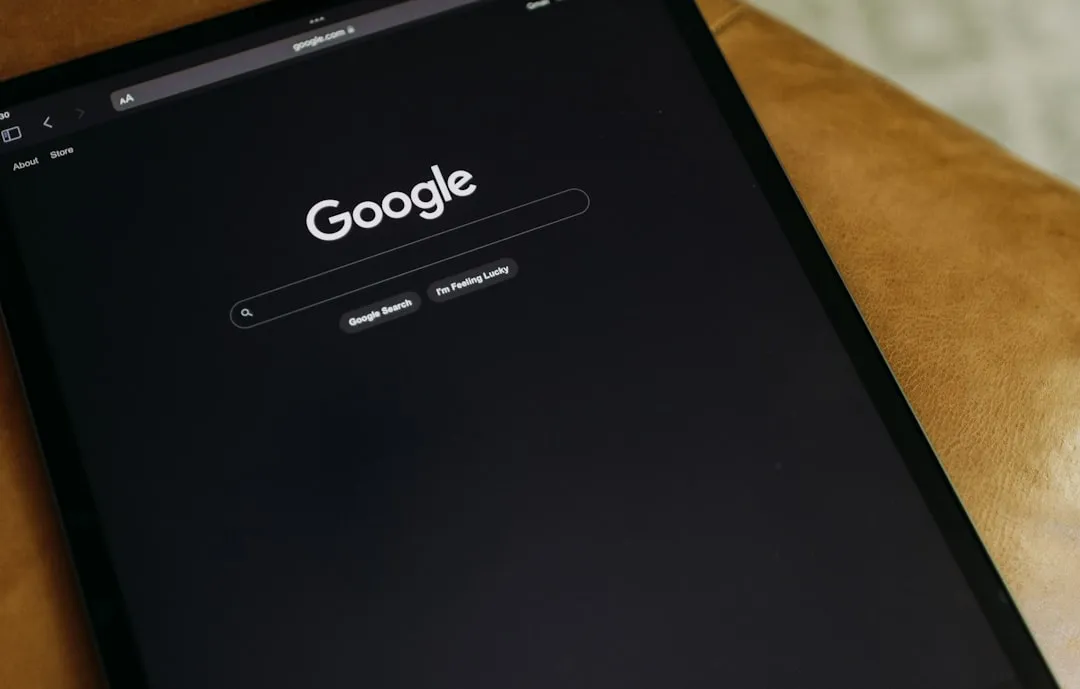
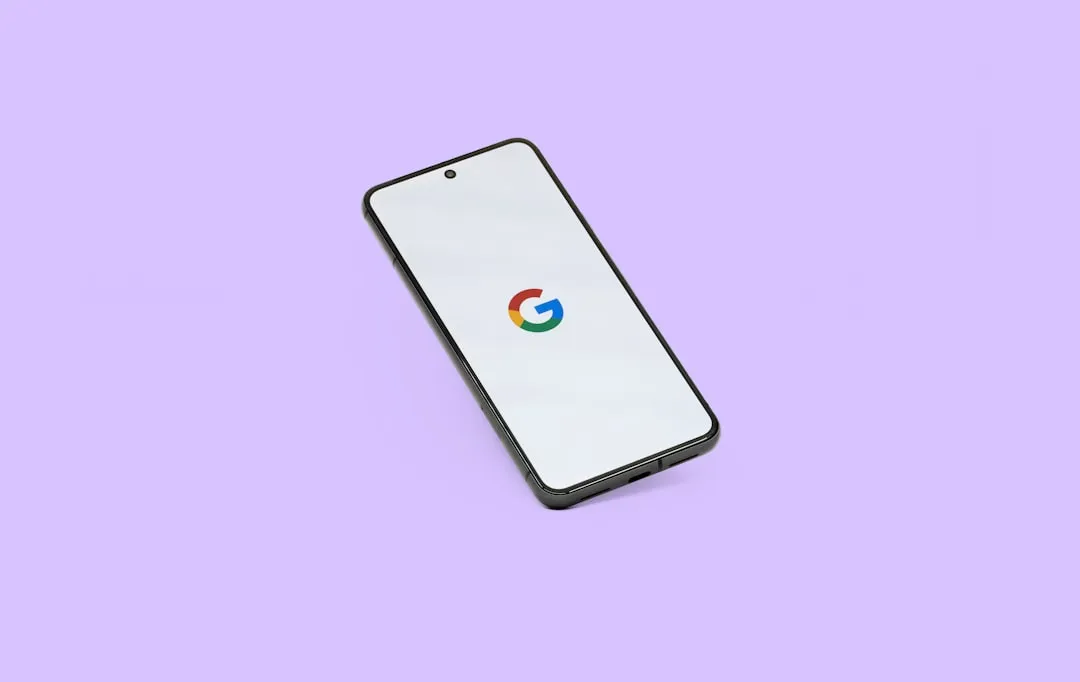
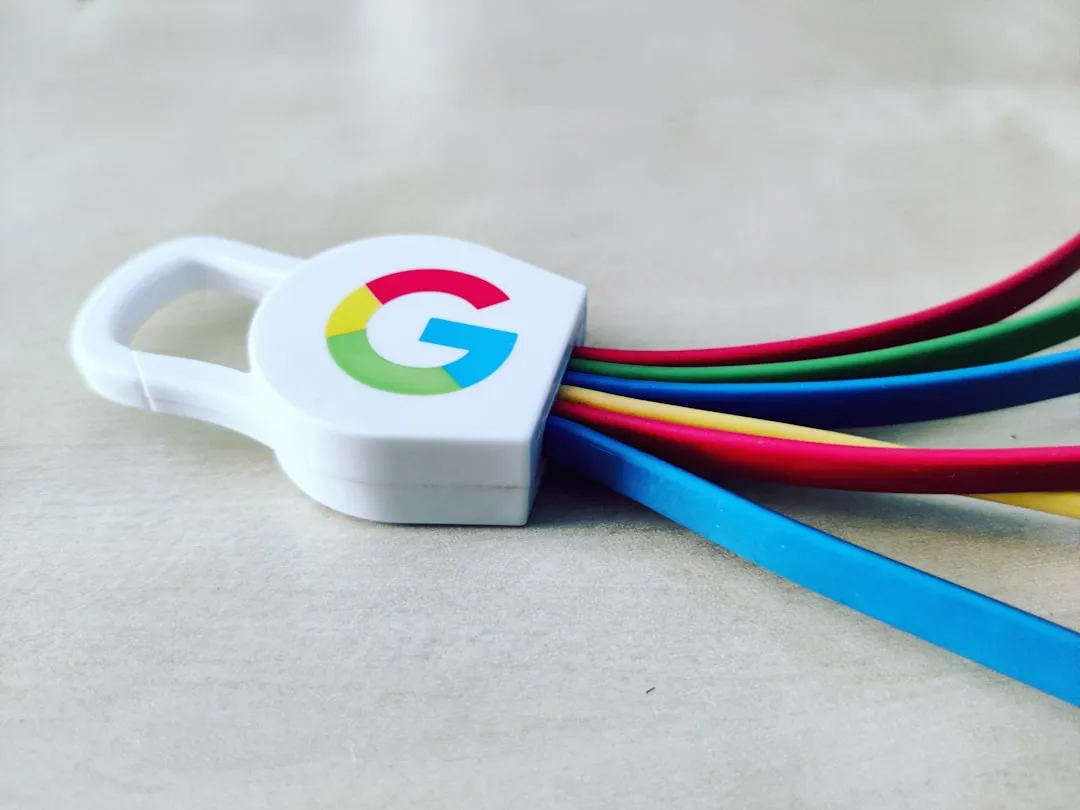
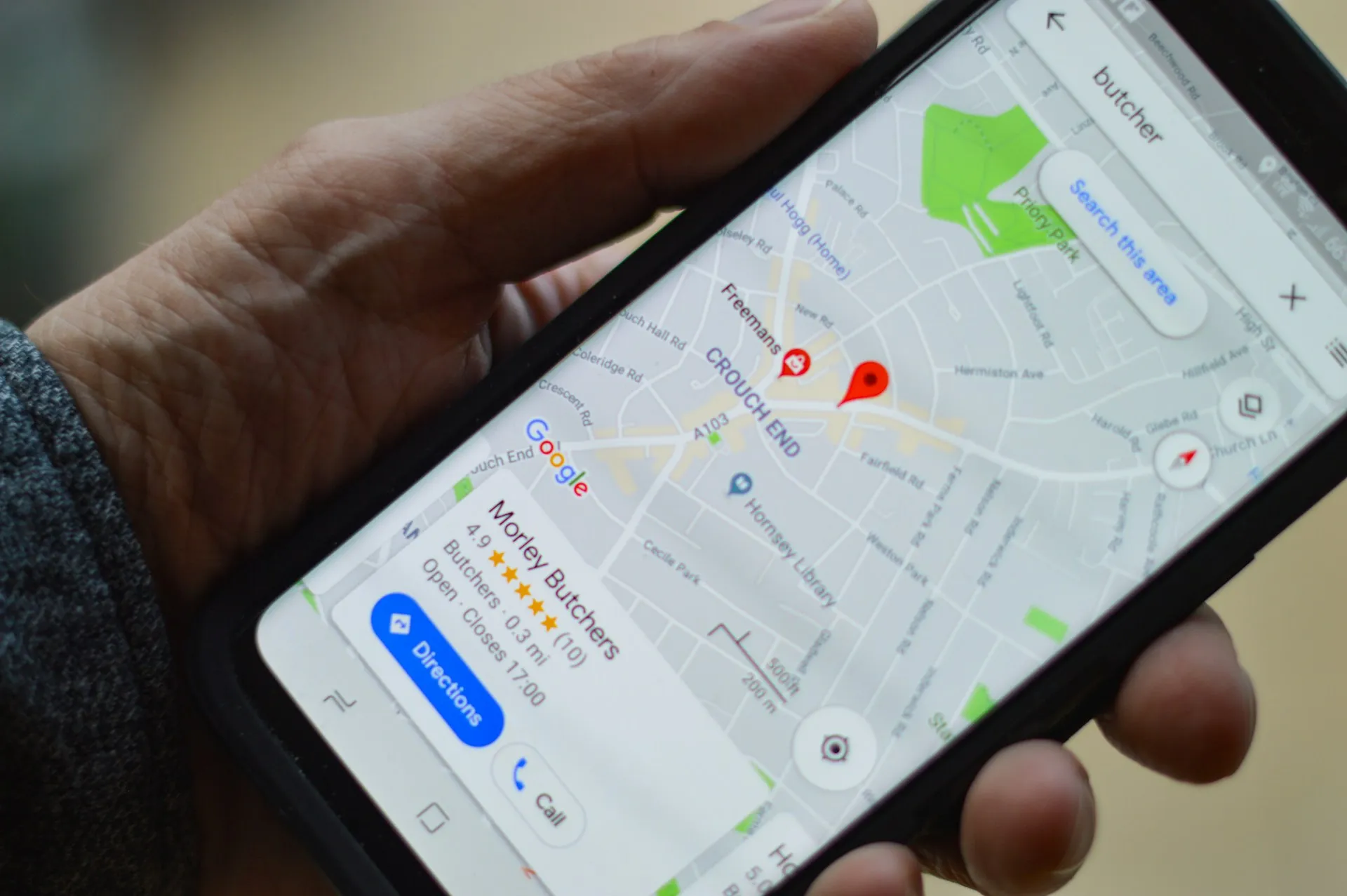
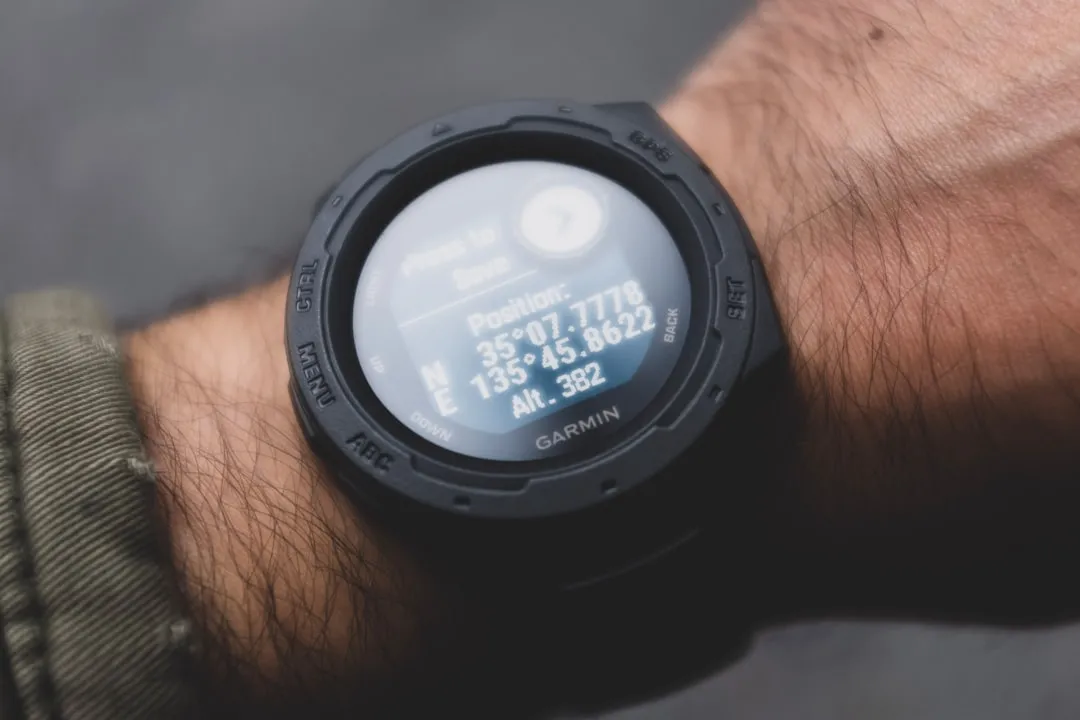

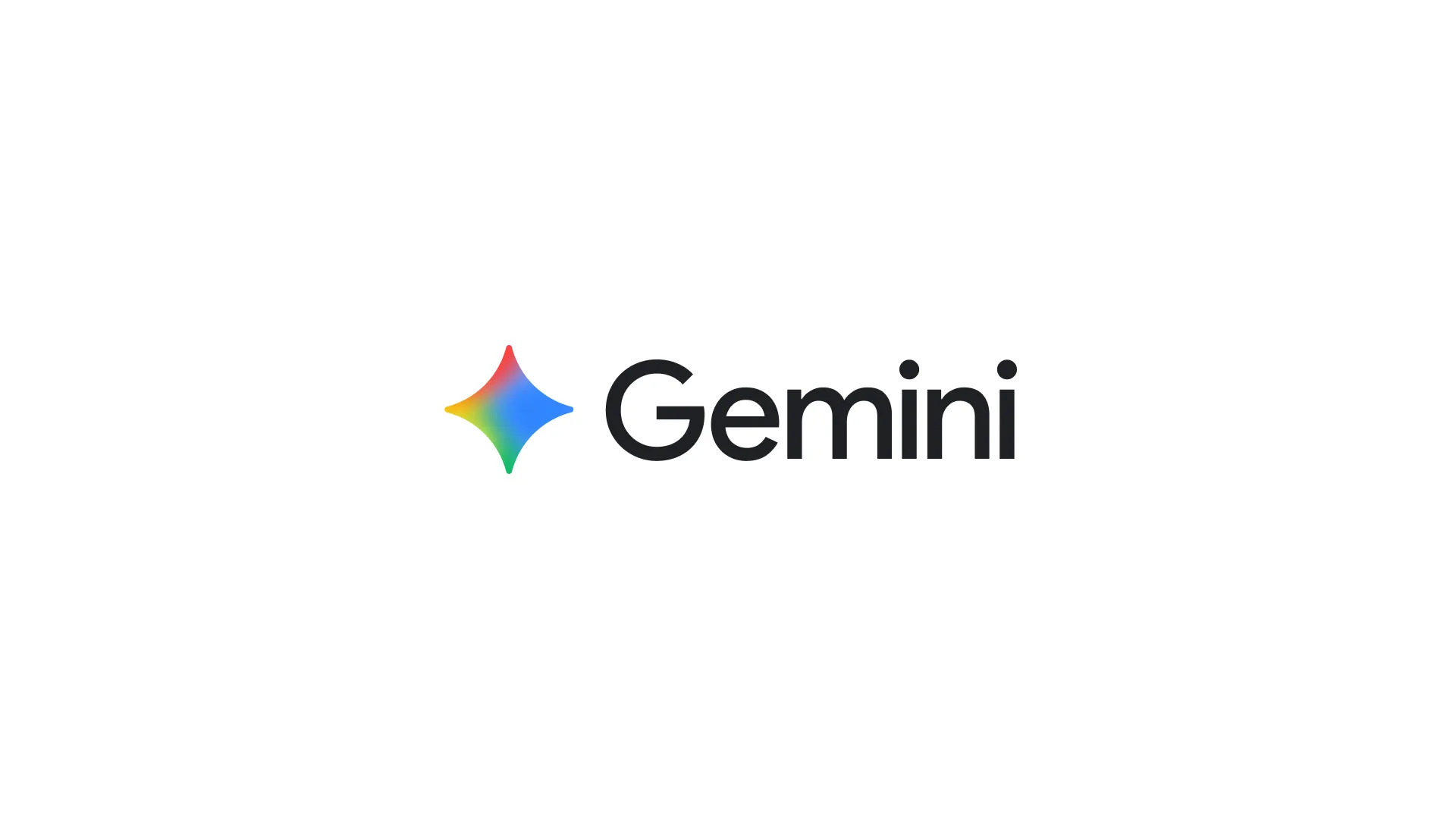
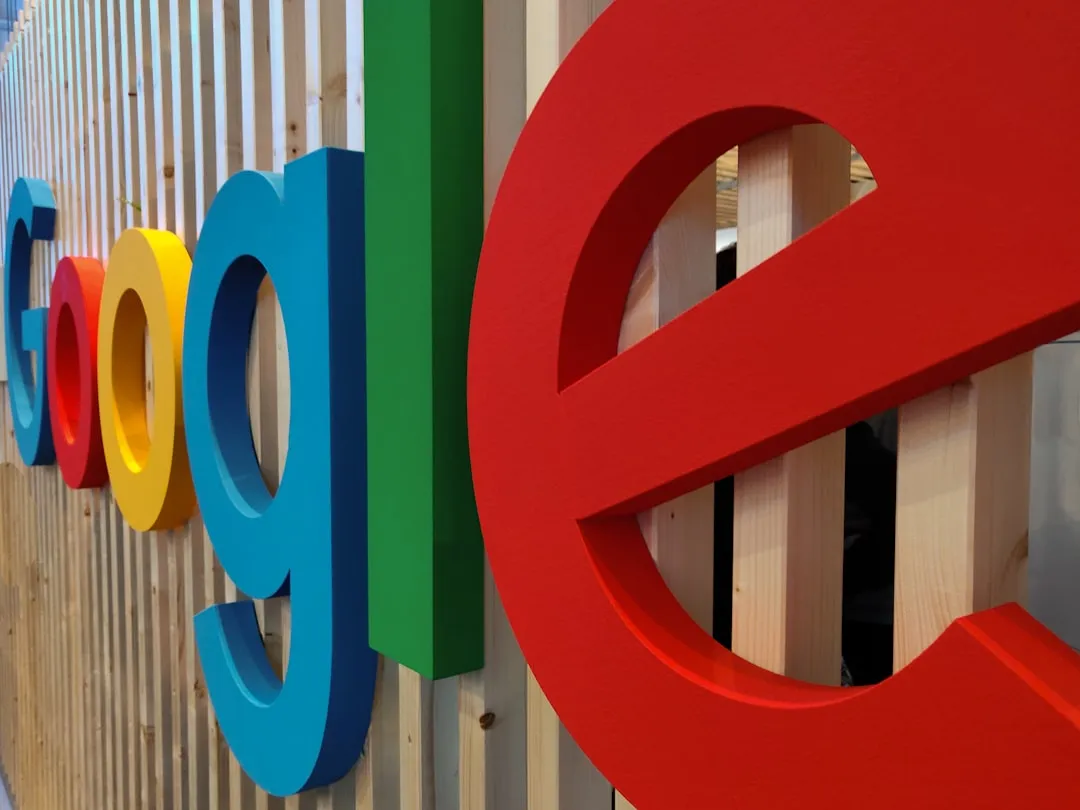
Comments
Be the first, drop a comment!